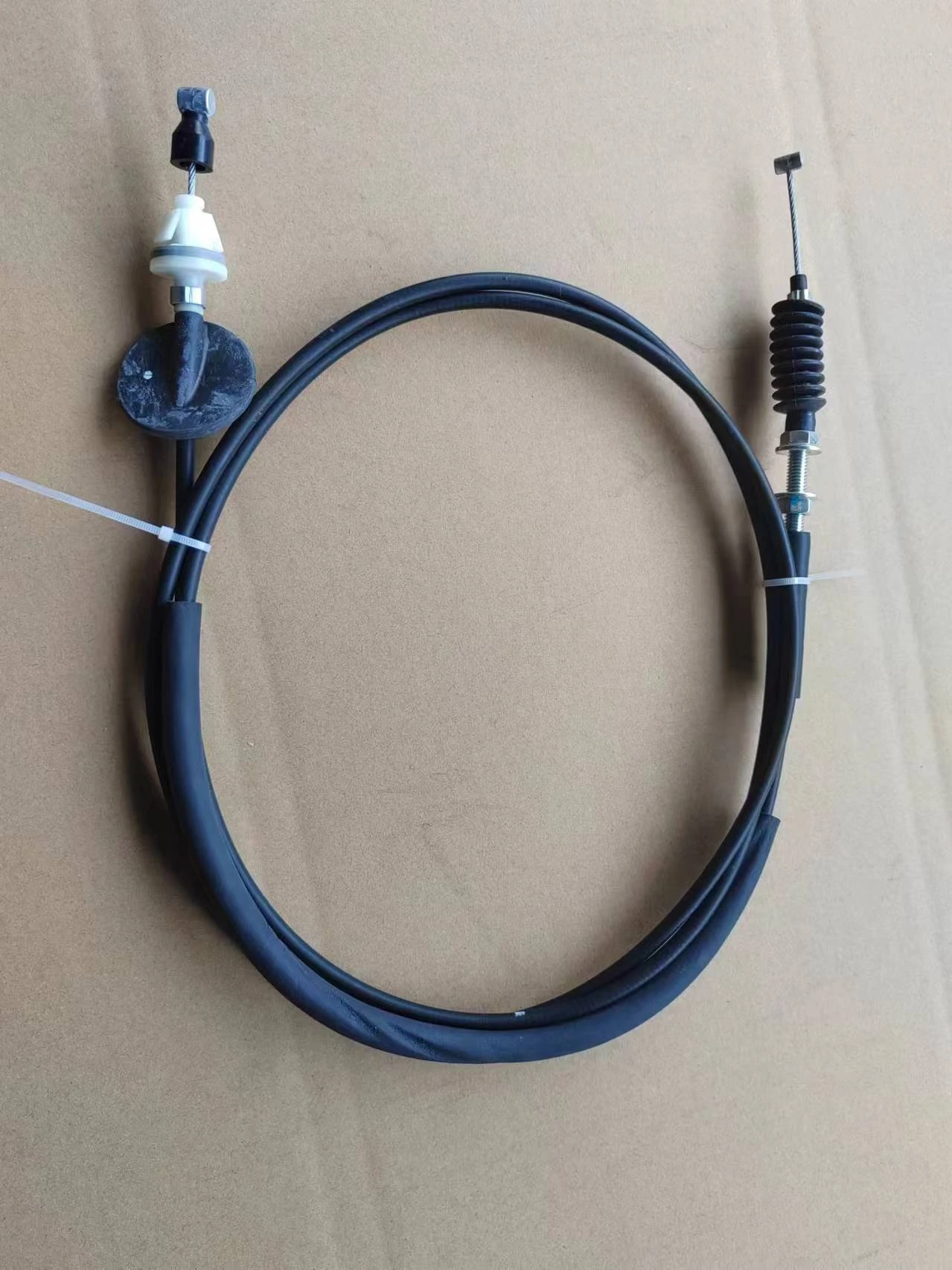throttle control cable
Understanding Throttle Control Cables An Integral Component in Vehicle Performance
Throttle control cables are critical components in the functioning of many vehicles, particularly in the realm of automotive engineering. These cables provide a mechanical connection between the accelerator pedal and the throttle body, translating the driver's input into engine power. This translation is essential for the car to respond accurately to acceleration demands, making the throttle control cable an indispensable part of vehicle performance.
The Basics of Throttle Control Cables
At its core, the throttle control cable is a flexible wire or a series of wires encased in a protective sheath. When a driver presses down on the accelerator pedal, this action pulls the throttle cable. As the cable is pulled, it rotates the throttle plate within the throttle body, allowing air (and fuel in the case of combustion engines) to enter the engine's intake manifold. This process generates power, enabling the vehicle to accelerate.
Throttle cables are typically made from high-strength materials to withstand the tension and friction involved in their operation. They are designed to facilitate smooth motion, allowing for instant response from the engine when the driver accelerates. Over time, these cables may suffer from wear and tear, which can result in a sluggish response or even complete failure of the throttle system.
Types of Throttle Control Mechanisms
Throttle control cables can be found in both traditional cable-driven systems and more modern electronic throttle control (ETC) systems. In conventional systems, the cable is purely mechanical, relying on the physical connection between the pedal and the throttle body. Conversely, electronic throttle control systems use sensors and electronic signals to achieve the same goal, often resulting in more precise and responsive acceleration.
throttle control cable

While ETC systems are becoming more common, throttle cables still play a significant role in many older and some newer vehicle models. They are generally seen in motorcycles, older cars, and certain types of performance vehicles where direct mechanical feedback is preferred. Some drivers appreciate the tactile response of a cable-driven throttle over electronic systems, which can feel less connected to the act of driving.
Common Issues and Maintenance
Maintaining throttle control cables is crucial for ensuring optimal vehicle performance. Common problems include fraying of the cable, sticky throttle response, or a complete disconnect. These issues can arise from a lack of lubrication, exposure to moisture, or general wear. Regular inspections can help identify these problems before they lead to significant failures.
To maintain throttle cables, it's important to keep them clean and lubricated. Periodic checks for fraying or wear should be performed, especially if the vehicle is frequently exposed to harsh environments. If any issues are detected, replacing the throttle cable promptly can prevent more serious engine problems and improve overall vehicle safety.
Conclusion
In conclusion, throttle control cables are a fundamental aspect of vehicle operation, bridging the gap between driver intentions and engine performance. Their role in enabling smooth acceleration cannot be understated. While improvements in technology may shift the focus towards electronic systems, the reliability and simplicity of throttle cables continue to make them relevant in the automotive industry. Understanding and maintaining these components is essential for any vehicle owner looking to optimize performance and ensure a responsive driving experience. As we move forward in the fields of automotive technology, it remains crucial to appreciate the intricacies of these seemingly simple yet vital components.
-
Workings of Clutch Pipe and Hose SystemsNewsJun.04,2025
-
The Inner Workings of Hand Brake Cable SystemsNewsJun.04,2025
-
The Secrets of Throttle and Accelerator CablesNewsJun.04,2025
-
The Hidden Lifeline of Your Transmission Gear Shift CablesNewsJun.04,2025
-
Demystifying Gear Cables and Shift LinkagesNewsJun.04,2025
-
Decoding Clutch Line Systems A Comprehensive GuideNewsJun.04,2025
